Archives
- 2025-12
- 2025-11
- 2025-10
- 2025-09
- 2025-04
- 2025-03
- 2025-02
- 2025-01
- 2024-12
- 2024-11
- 2024-10
- 2024-09
- 2024-08
- 2024-07
- 2024-06
- 2024-05
- 2024-04
- 2024-03
- 2024-02
- 2024-01
- 2023-12
- 2023-11
- 2023-10
- 2023-09
- 2023-08
- 2023-07
- 2023-06
- 2023-05
- 2023-04
- 2023-03
- 2023-02
- 2023-01
- 2022-12
- 2022-11
- 2022-10
- 2022-09
- 2022-08
- 2022-07
- 2022-06
- 2022-05
- 2022-04
- 2022-03
- 2022-02
- 2022-01
- 2021-12
- 2021-11
- 2021-10
- 2021-09
- 2021-08
- 2021-07
- 2021-06
- 2021-05
- 2021-04
- 2021-03
- 2021-02
- 2021-01
- 2020-12
- 2020-11
- 2020-10
- 2020-09
- 2020-08
- 2020-07
- 2020-06
- 2020-05
- 2020-04
- 2020-03
- 2020-02
- 2020-01
- 2019-12
- 2019-11
- 2019-10
- 2019-09
- 2019-08
- 2019-07
- 2019-06
- 2019-05
- 2019-04
- 2018-07
-
GLP is an intestinal peptide hormone that
2022-01-26
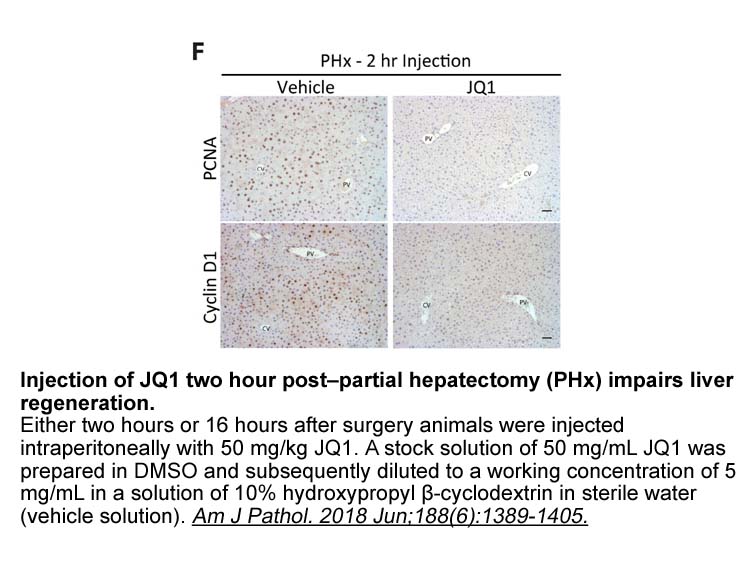
GLP-1 is an intestinal peptide hormone that is released by the gut following ingestion of food, particularly Phosphatase Inhibitor Cocktail (2 Tubes, 100X) mg and fats. Following its release, GLP-1 stimulates pancreatic β-cells to secrete insulin (Hirasawa et al., 2005, Covington et al., 2006). Ori
-
br Conflicts of interest br Introduction Antiretroviral ther
2022-01-26
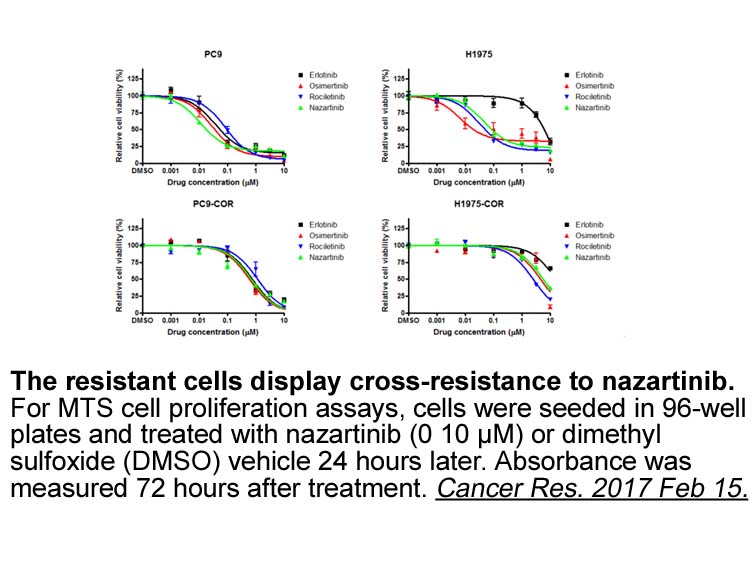
Conflicts of interest Introduction Antiretroviral therapy (ART) is effective in reducing mortality (Detels et al., 1998), and preventing mother-to-child transmission (MTCT) (CDC, 1994, Connor et al., 1994) and sexual transmission of HIV (Cohen et al., 2011). However, the optimal time to start
-
br Funding sources This work was supported in part by
2022-01-25
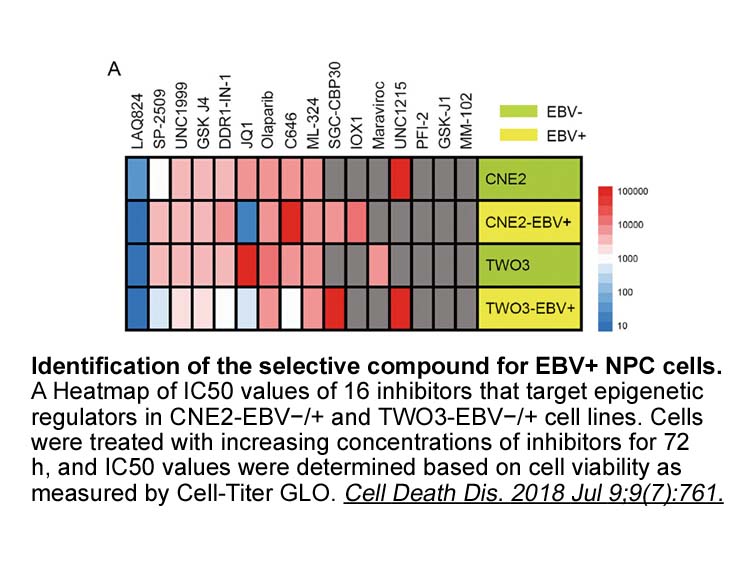
Funding sources This work was supported, in part, by NIH GM115388 to BGM. Acknowledgements Introduction Glucokinase (GCK) plays a central role in the regulation of glucose metabolism. Its activity is restricted to gdc-0980 with important roles in whole-body glucose homeostasis [1]. In pan
-
Exposure of human and animals to MPTP can reproduce
2022-01-25
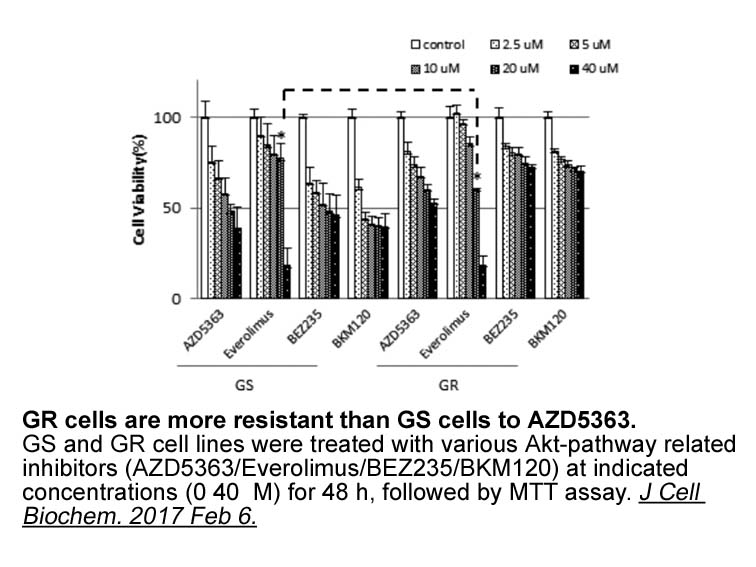
Exposure of human and animals to MPTP can reproduce all the characteristic motor and non-motor signs of PD, in addition to mimicking the same responses and side effects to drugs used to treat PD [37], [38]. Anatomically, intoxication with MPTP induces the same selective loss of substantia nigra DA n
-
The first GSM was identified
2022-01-25
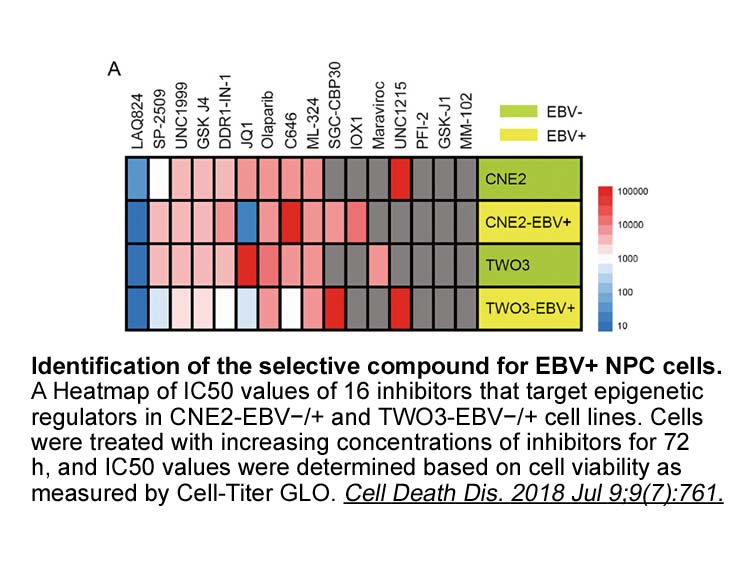
The first GSM was identified from the discovery of non-steroidal anti-inflammatory drugs (NSAIDs). An amyloid reducing GSM that also suppresses inflammation is desirable. Inflammatory response is an invariable characteristic of AD pathogenesis, in part triggered by Aβ. During AD onset and progressio
-
br Results br Discussion In this study we investigated
2022-01-25
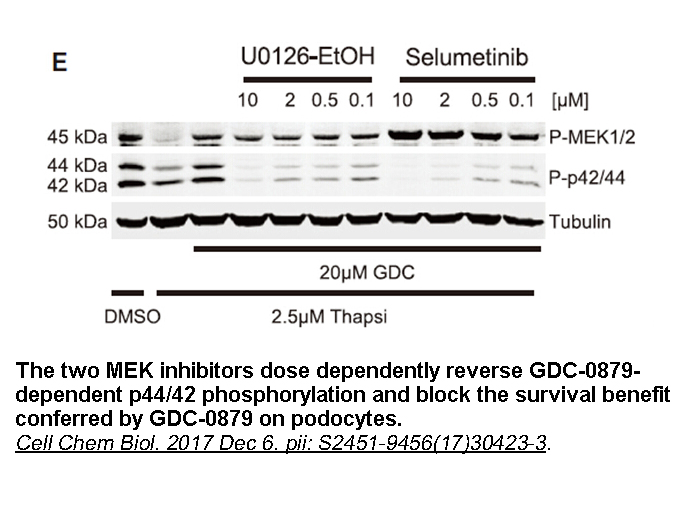
Results Discussion In this study, we investigated the role of galanin and GAL2 receptors on anxiety-like behaviours mediated by the dorsal hippocampus of rats. We showed that locally administered galanin (1 nmol) decreased exploration of the open arms in the EPM, suggesting an anxiogenic-like
-
While histone modifications can alter inter nucleosomal inte
2022-01-25
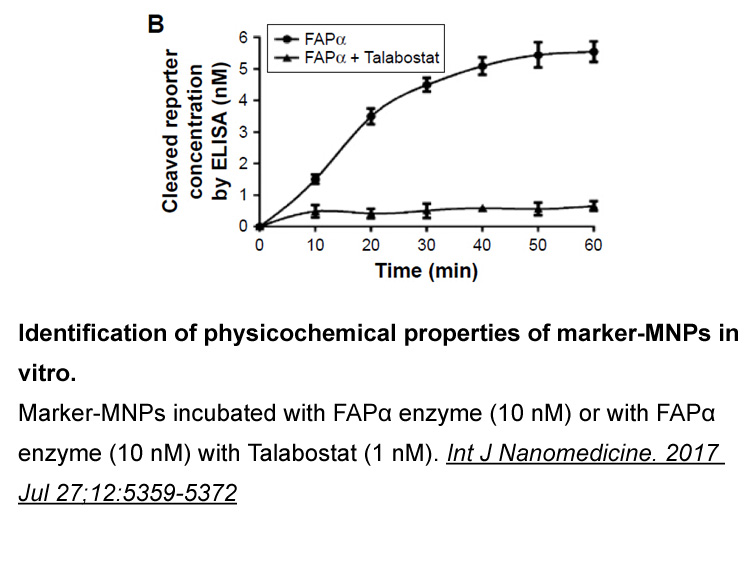
While histone modifications can alter inter-nucleosomal interactions that govern the compaction state of a chromatin fiber (Francis et al., 2004, Kalashnikova et al., 2013, Lu et al., 2008), the potential impact of histone modifications on higher-order chromosome organization beyond chromatin-fiber
-
In this new therapeutic era nucleic acid
2022-01-25

In this new therapeutic era, nucleic RO 4929097 amplification tests (NAATs) remain critically useful. NAATs are recommended to detect HCV RNA in blood following initial serologic diagnosis of HCV infection, to distinguish between spontaneous resolution and progression to chronic infection [7]. In t
-
Materials and methods br Results br Discussion Since LF is
2022-01-25
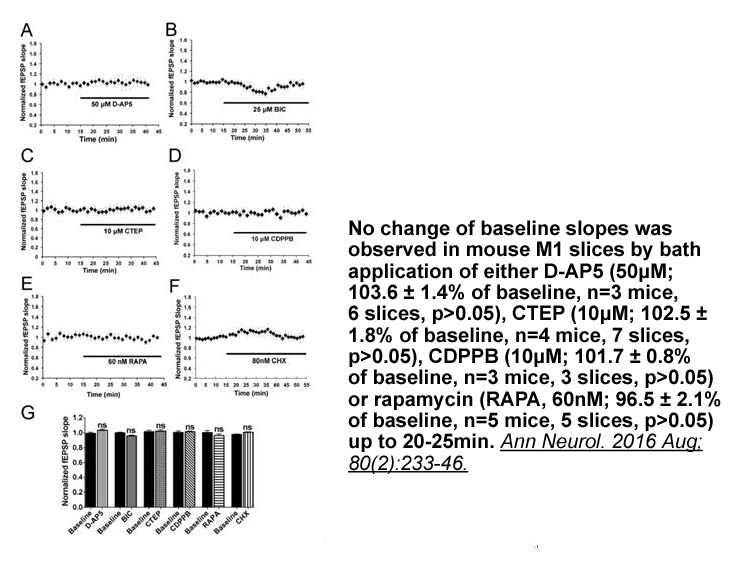
Materials and methods Results Discussion Since LF is a protease, rapid and direct purification is critical for production of functional rLF. Although previous investigators improved the rLF quality by simplifying purification steps, avoiding formation of inclusion body, decreasing degradation
-
Another interesting approach is to use partial agonists as
2022-01-25

Another interesting approach is to use partial agonists as starting point to develop specific antagonists like done in earlier decades [64], [65]. Possible indications for an attenuation of the NO/sGC signalling pathway might be specific neuronal disorders: an involvement in the aetiology of migrain
-
In human platelets only and isoforms of sGC are
2022-01-25
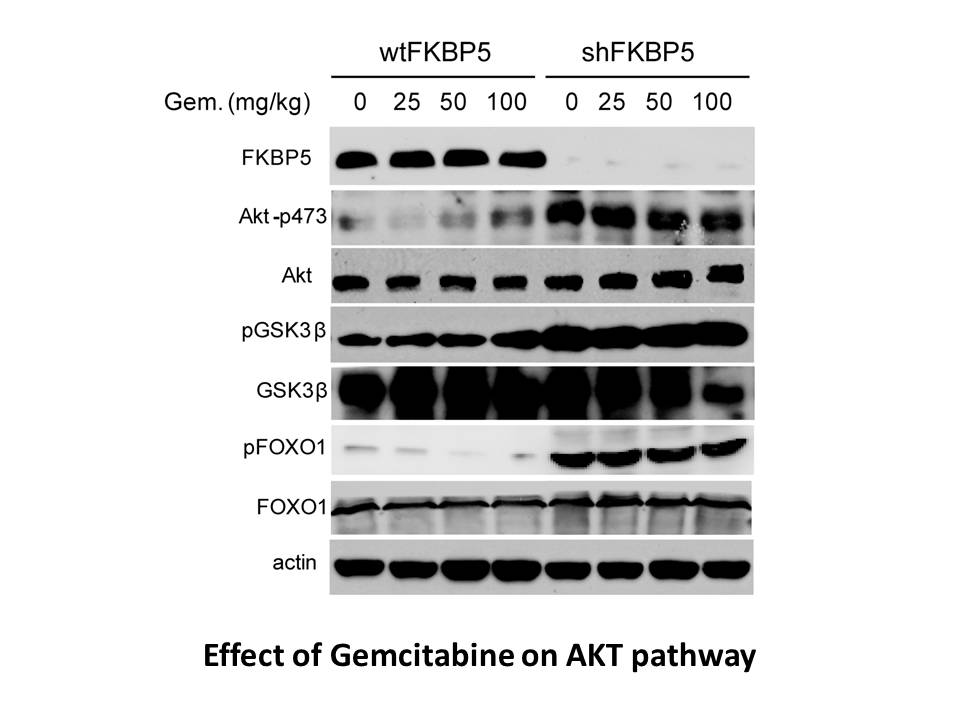
In human platelets, only α1 and β1 isoforms of sGC are expressed in equimolar concentrations (3700 copies for β1, and 3500 copies for α1 per platelet) [57] [62]. sGC, is usually a heterodimer and contains heme as cofactor which is required for high-affinity NO binding and stimulation of its activity
-
Accessibility and physico chemical features
2022-01-25
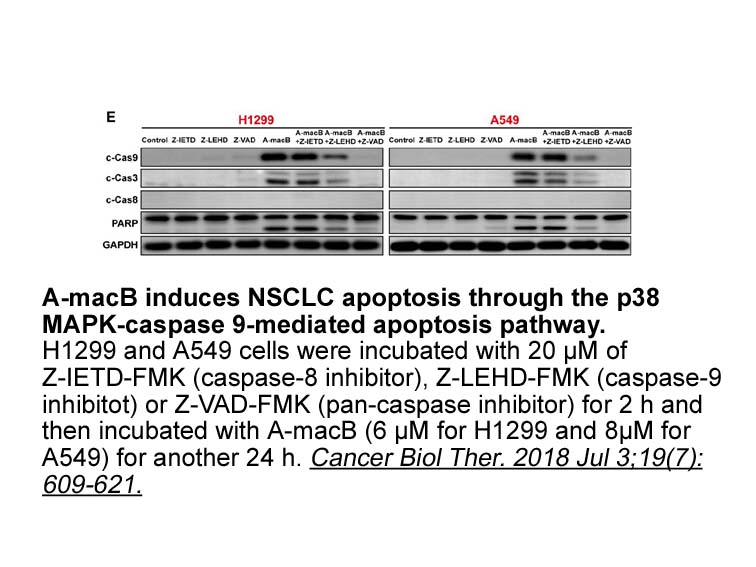
Accessibility and physico-chemical features of cysteine residues define their redox-reactivity and the 3-dimensional structure of GSNOR allows to identifying such surface-exposed, redox-sensitive cysteine residues. GSNOR crystal structures are available from human (Protein Data Bank code: 1MP0), tom
-
Recently the novel fatty acid receptor GPR also
2022-01-25
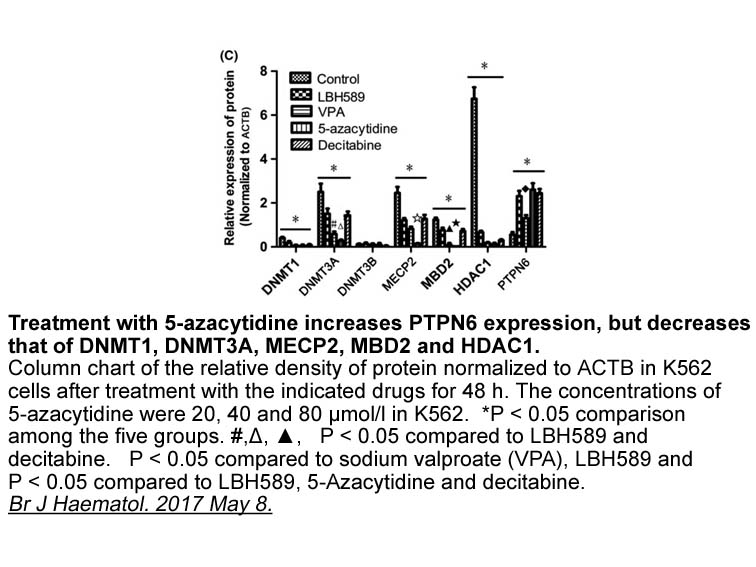
Recently, the novel fatty FK 866 hydrochloride sale receptor, GPR120 (also called FFAR4), has been shown to be implicated in diverse physiological homeostasis, such as insulin sensitization, anti-inflammation and regulation of appetite (Hirasawa et al., 2005, Oh et al., 2010). Notably, it is abunda
-
br Materials and methods br
2022-01-24
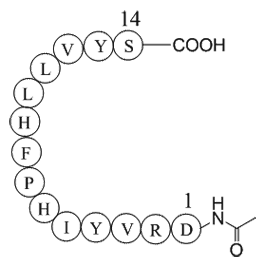
Materials and methods Results Discussion Our study demonstrates that human GIP(3-30)NH2 is a selective GIPR antagonist that inhibits both GIP-mediated cAMP signaling, β-arrestin recruitment, and GIPR internalization. Furthermore, we demonstrate that human GIP(3-30)NH2 binds with high affini
-
br Conclusions In this study we discovered that
2022-01-24
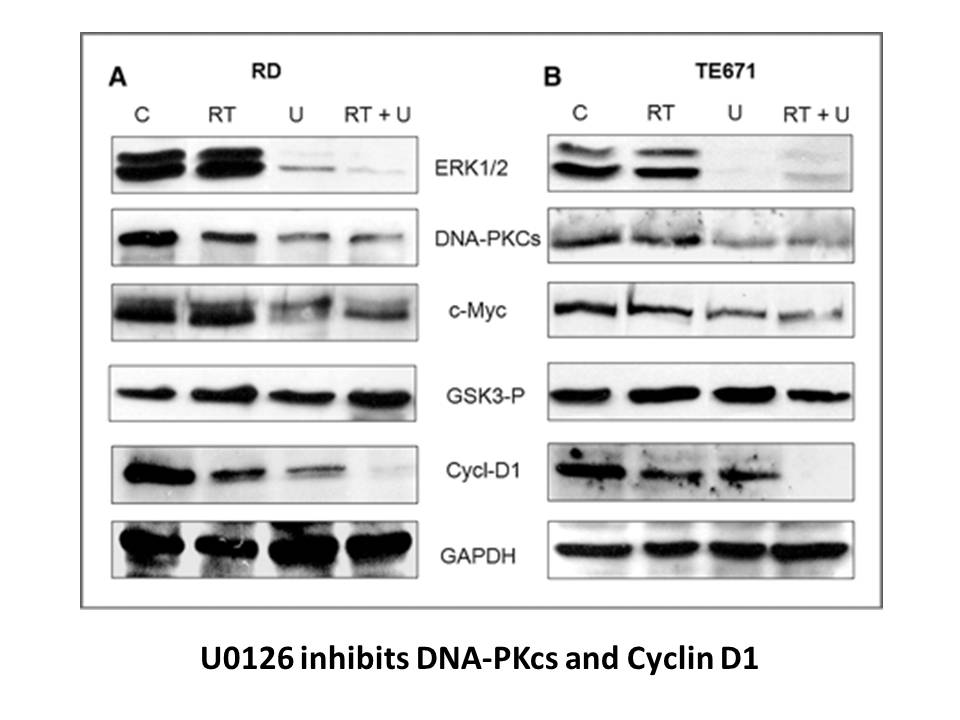
Conclusions In this study, we discovered that the G-quadruplex (Q1) formed by S1 sequence in the upstream region of the transcription start site of c-Myb gene functioned as a positive transcriptional regulator, which was different from the most cases that G-rich sequences functioned to impair the
15594 records 494/1040 page Previous Next First page 上5页 491492493494495 下5页 Last page